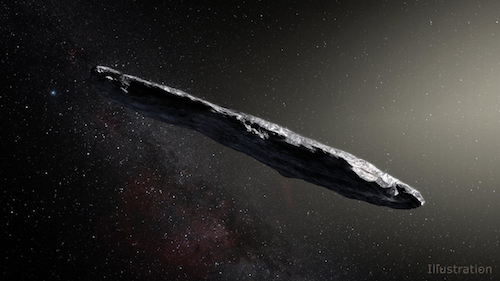MAPPING YOUR BRAIN WILL BE THE LAST THING YOU DO
/In my last blog post I mentioned a new company that will sell you transfusions of a young person’s blood in an effort to gain some of their youth. OK, think of it as yet another “out there” rejuvenation treatment, but nobody gets hurt (if you can afford the $8000). But now a company called Nectome is offering to preserve a perfect copy of your brain. All it will cost you is $10,000…and your life.
Actually, the ten grand is a deposit to get on the waiting list—I’m not sure what the final price tag will be because the factory won’t be up and running for a few more years. But the “life” part, that is final. You see, their process embalms the brain with a fluid that preserves it as a glass copy, perfect in microscopic detail down to the last neural synapse (which can be seen with an electron microscope—they've already done it with the brain of a pig). And it has to be done while you’re still alive—the embalming process is what kills you.
Creeped out yet?
They’re counting on getting their business in states that allow assisted suicide, because that’s basically what it is. At least twenty-five people have already forked over the money.
So why would anyone do this? Well it’s like having your brain frozen, hoping some future generation will figure out how to revive you (and want to). Except, in this case, the glassified brain itself can’t be revived—the hope is that future scientists will be able to use the “brain map” to make a perfect digitized copy, at which point (they hope) your consciousness will find new life inside a computer environment. It’s called “uploaded consciousness”: digitizing your mind on hard drive media or the cloud. You won’t have a body, but you won’t have the drawbacks of one either (like dying).
Personally, I give this plan an unequivocal two thumbs down. I’ve been reading a lot about consciousness lately because the newest novel I’m working on is all about that and, the thing is, nobody knows what consciousness is. There are dozens of theories, and in the search for that elusive answer a huge amount has been learned about how the brain works. There’s a broad assumption that there’s a link between consciousness and the complexity of a brain, but that’s all it is—an assumption. There are also many researchers who believe that chimpanzees, cats, dogs, octopuses…even plants have some level of consciousness. And there’s absolutely no definitive evidence that the exact layout of your brain cells’ network connections (called the “connectome”, hence the company’s name) will automatically produce consciousness.
We know that it’s possible to turn consciousness off through the use of anaesthetic drugs, but we don’t even know exactly how they do that. Different anaesthetics work on different parts of the brain, so it seems there are numerous ways to interrupt consciousness, but that doesn’t enable researchers to point the finger at exactly which aspects of the brain make consciousness happen. The only theory I know of that offers an actual mechanism behind consciousness involves quantum theory and proposes that consciousness is a property of the universe as much as gravity and light, and somehow our brains are able to tap into the universal “proto-consciousness”. (It’s called Orch-OR and it’s way too complicated to explain here, but I kind of like it.) However, there’s no proof that any electronic construction could ever become conscious. In fact, the only reason people talk about “uploading consciousness” at all is because of the current popular assumption that our brains are like computers, and once we can create digital computers that can perform as many computational processes as our brains at equivalent speeds, voilà: computer consciousness arises like the Lady of the Lake.
It ain’t necessarily so. People once compared the brain to a telegraph switching station because it was the information processing technology they knew.
A world-wide consortium of researchers has simulated the 302 neuron ‘brain’ of a round worm called C elegans with great precision. Unfortunately the simulated C elegans just lies there—they can’t prod it into doing anything on its own. And even they wouldn’t argue that a worm is conscious. But if, with hugely powerful computers, they can’t make a working simulation of a brain that has only 302 neurons (compared to the hundred billion in the human brain), I have to think that something’s missing. I’m convinced that consciousness requires a whole range of processes, some of which we may never understand. The connectome of the brain is just one piece.
Even if we are someday able to upload consciousness (I am a science fiction writer, after all) Nectome, and the cryo-preservation companies like it, all presuppose that future generations will want to go to the trouble of reviving dead people from 2018. Why would they, except for, perhaps, a little anthropological curiosity about our life and times? Considering the yottabytes of information we’re producing on the internet, I’m sure one or two former-humans would be enough to fill in any gaps. If you’re Elon Musk or Donald trump, they might be interested in you (for vastly different reasons), but just another average millionaire with more money than you know what to do with…? Probably not.
So if endless selfies aren’t enough for you, and you’ve always wanted your grandchildren to have a molecularly-correct glass copy of your brain as a paperweight, then go ahead and spend the money. Just don’t expect it to make you immortal.











